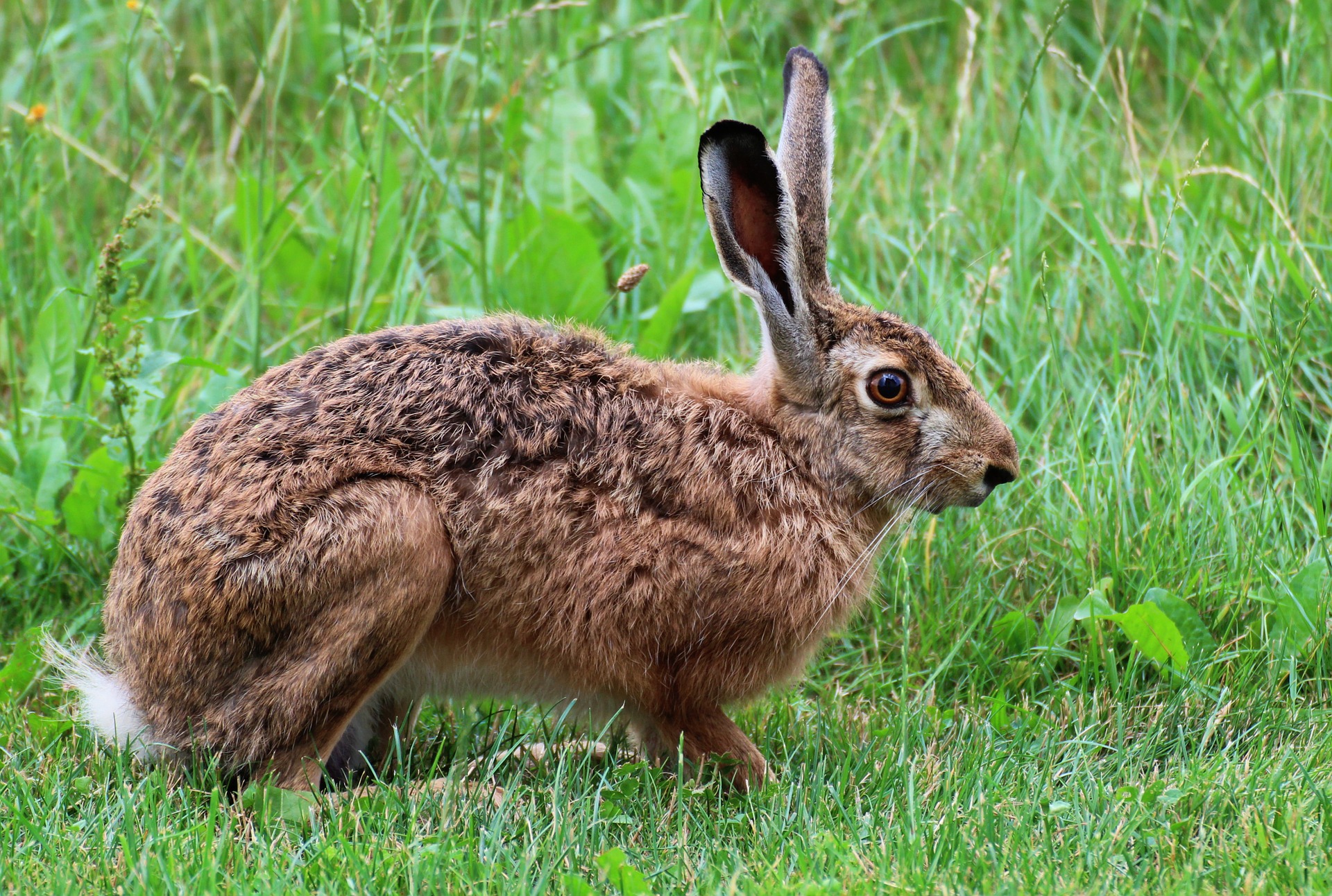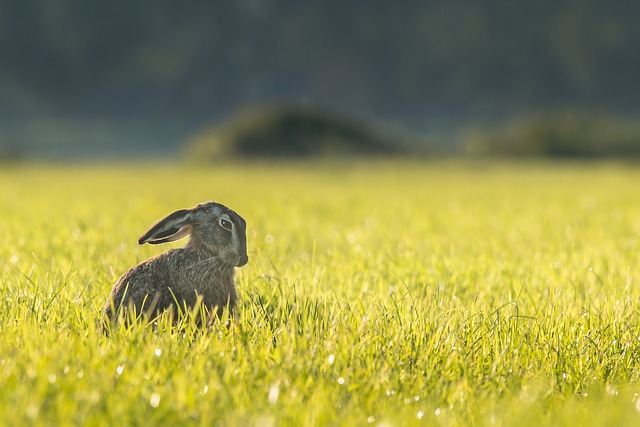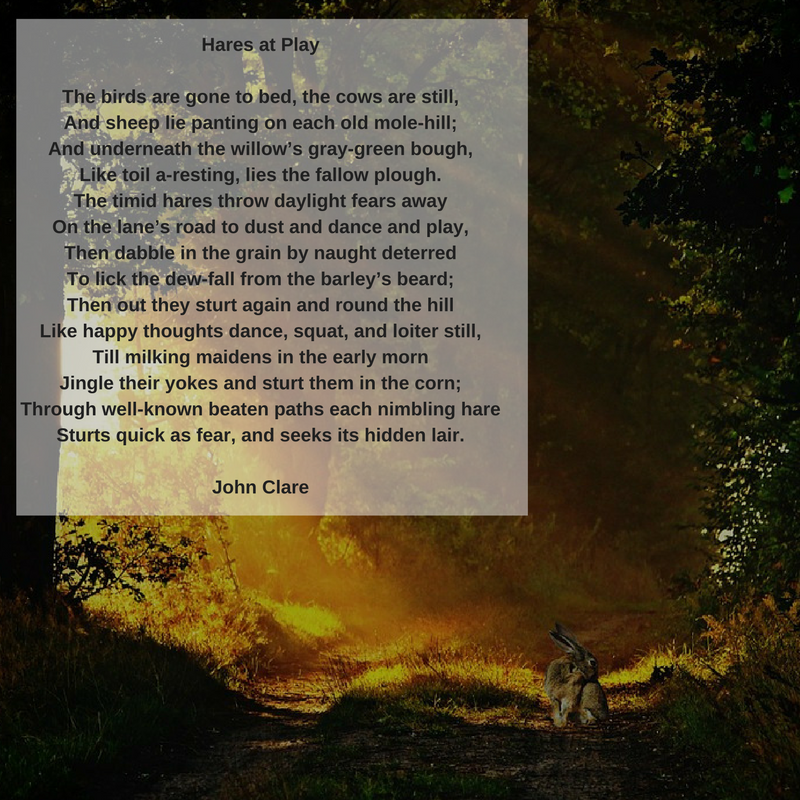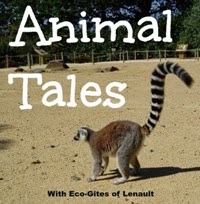Hares in Normandy
With its large areas of countryside Normandy is full of wildlife including one of my favourite wild animals - no, NOT hippos which do feature in my Top Two - but hares. There is just something about these secretive animals that I find so magical.
Dawn and dusk are the best times to spot hares and so I often see them on the school run or when taking the boys to and from sports events. Usually it is only a fleeting glance as they cross the road ahead of me or disappear into the field edge but it is enough for me until the next brief sighting.
Sadly the French still hunt hares although this is very limited and hunting is controlled. Huntsmen must be licensed and the dates that they can hunt are set by local authority. This varies for each species and is different for each department. In our region of Normandy, Calvados, in 2016 hare hunting was allowed from September 18th to November 13th if there was a hunting plan in place. Without this plan hare hunting could only take place until September 19th i.e. 2 days. A hunting plan aims to ensure the sustainable development of animal populations and to preserve their habitats.
I have no idea how many hares are shot by huntsmen each year - I sincerely hope it is not many as to not see hares on a fairly regular basis would be very sad. I did however see hare for sale in a local supermarket recently so I suspect some were shot.


Hare information
(with French words in italics)
- Hares (lièvres) are mammals in the same family as rabbits (lapins).
- They eat vegetation.
- A female is called a doe (hase) and a male a buck (bouquin).
- A young hare is called a leveret (levraut).
- Generally they live in pairs or alone but the collective noun for hares is a drove.
- In early spring, male hares will "box" for supremacy and to win females and has given rise to the saying Mad as a March Hare.
- Unlike rabbits, the young are born fully formed with their eyes open.
- Hares do not use burrows but give birth and shelter in small depressions in the ground called forms (gîtes).
So it seems gîtes are not just for holidaymakers but for hares too!
I found this French poem about the hare. I have a rough idea of its translation which I have given below but would love anyone to give me a better one:
Le Lièvre
Ne soit pas lascif et peureux
Comme le lièvre et l’amoureux.
Mais que toujours ton cerveau soit
La hase pleine qui conçoit.
Guillaume Apollinaire
My translation:
The Hare
Do not be lustful and fearful
Like the hare and the lover.
But let your brain always be
The pregnant doe who conceives.
And this poem by John Clare beautifully sums up the species for me.
Hares at Play
The birds are gone to bed, the cows are still,
And sheep lie panting on each old mole-hill;
And underneath the willow’s gray-green bough,
Like toil a-resting, lies the fallow plough.
The timid hares throw daylight fears away
On the lane’s road to dust and dance and play,
Then dabble in the grain by naught deterred
To lick the dew-fall from the barley’s beard;
Then out they sturt again and round the hill
Like happy thoughts dance, squat, and loiter still,
Till milking maidens in the early morn
Jingle their yokes and sturt them in the corn;
Through well-known beaten paths each nimbling hare
Sturts quick as fear, and seeks its hidden lair.
John Clare
You can pin me ...

You can see more hare images on my Hares Pinterest Page - please do go and have a look.
Do you see hares where you live or do you have a hare poem you would like to share?



